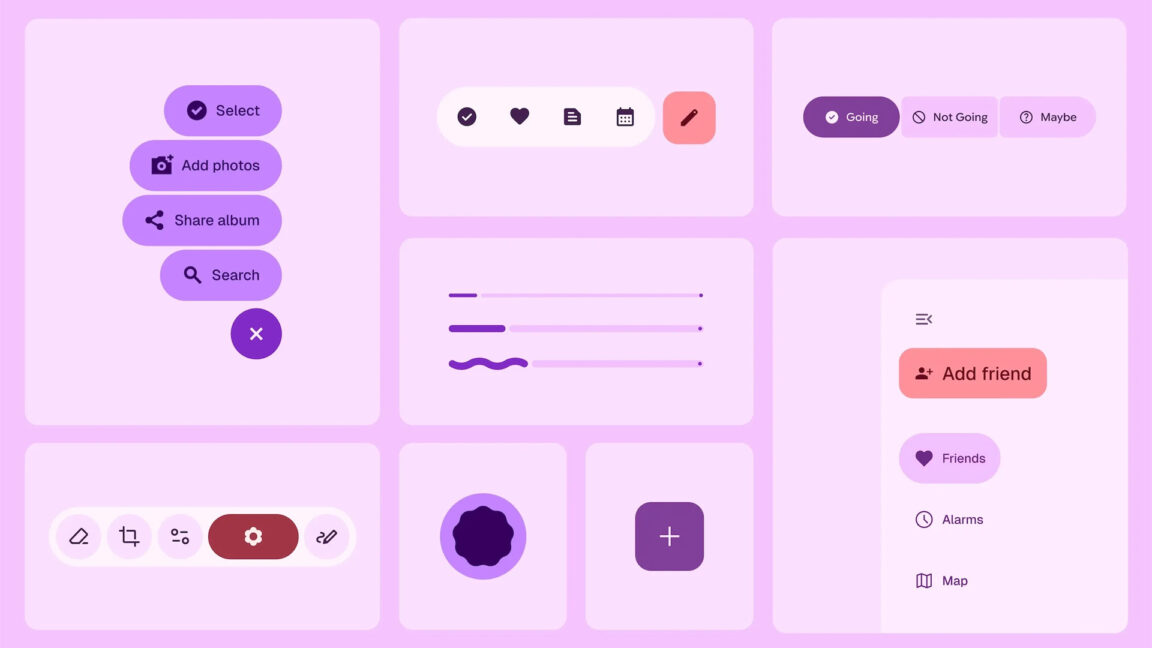Sneak Peek: Google's Material 3 Design Accidentally Leaks Before I/O Keynote

Material 3 Expressive: A Bold New Design Language for Digital Experiences
Google has unveiled an exciting evolution in its design system with the Material 3 Expressive theme, promising to revolutionize how developers and designers create visually stunning and intuitive digital interfaces.
What Makes Material 3 Expressive Unique?
The new theme goes beyond traditional design constraints, offering a more dynamic and personalized approach to user interface design. By leveraging advanced color extraction techniques and adaptive design principles, Material 3 Expressive transforms digital experiences into more vibrant and contextually responsive interactions.
Key Features:
- Enhanced color palette generation based on user device wallpapers
- More fluid and organic design transitions
- Improved accessibility and visual hierarchy
- Greater flexibility for custom branding and design expression
Developers can now create interfaces that feel more personal, dynamic, and aligned with individual user preferences. The theme introduces sophisticated algorithms that dynamically adjust color schemes, typography, and spatial relationships to create more engaging and intuitive experiences.
Implementation and Availability
Material 3 Expressive will be gradually rolled out across Google's ecosystem, with comprehensive documentation and developer tools to support seamless integration. Designers and developers can expect robust support for multiple platforms, including Android, web, and cross-platform frameworks.
As digital experiences continue to evolve, Material 3 Expressive represents a significant leap forward in design philosophy, bridging the gap between technological functionality and human-centered aesthetic experiences.
